
How to Choose Fresh Fish Like a Pro: Secrets from Coastal Fishermen
How to Choose Fresh Fish Like a Pro: Secrets from Coastal Fishermen
Picking out a fresh fish at the market can feel like searching for gold in sand—especially for those unfamiliar with seafood selection. But don’t worry! With just a few simple tips passed down by seasoned fishermen, you’ll master the art of choosing the freshest fish—whether you’re shopping at a local wet market or a high-end supermarket.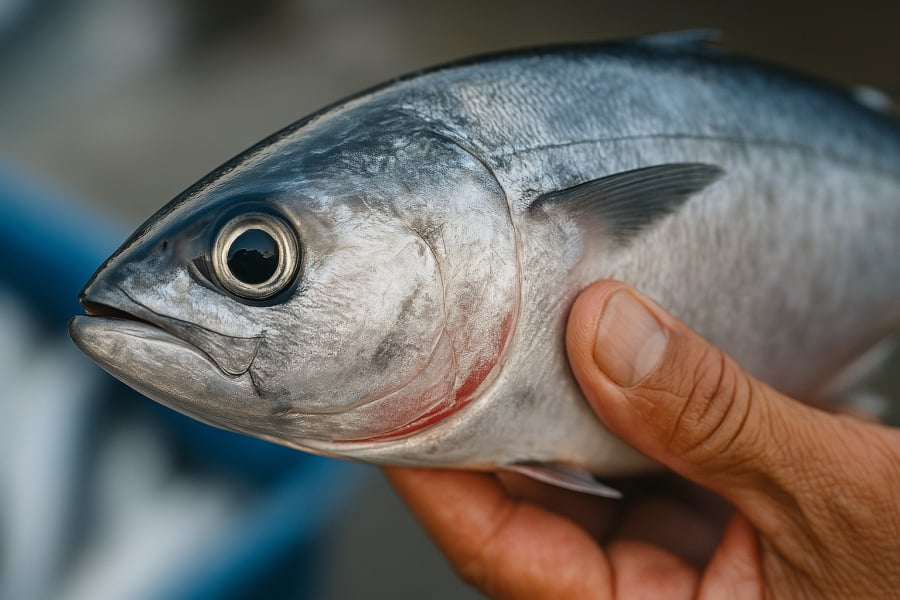
1. Look into the Eyes – The #1 Rule
The eyes are the first and most telling sign of a fish’s freshness. A fresh fish has clear, shiny, slightly bulging eyes—as if it was just pulled from the sea. If the eyes are sunken, cloudy, or yellowish, the fish is likely old or not fresh.
“The eyes reveal it all. Fish freshly caught always have glassy, clear eyes,” says Mr. Bảy Lý, a fisherman with 35 years of experience in Phan Thiết.
Note: Some fish species naturally have smaller or less protruding eyes, so don’t judge solely on that. Use other indicators as well.:quality(75)/2023_10_26_638338819583872487_ca-cam.jpg)
2. Check the Gills – The Truth-Tellers
Take a close look at the gills. Fresh fish have bright red or pink gills with no slime and no strange smell. In contrast, stale fish have gray, dark brown gills and often emit a strong, unpleasant odor.
Gently lift the gill flap with your hand—if there’s slime or it feels slippery, steer clear. That’s a clear sign the fish is no longer fresh.
3. Firm Body, Shiny Skin
Press gently on the fish’s body. If the flesh bounces back and doesn’t leave a dent, it’s fresh. If the dent remains, it may have been sitting around or thawed and refrozen multiple times.
The skin should be intact, shiny, and covered with a natural, thin layer of slime—not dull or patchy. Bruises, torn skin, or missing scales can indicate poor handling or storage.
4. Don’t Overlook the Tail and Scales
The tail is often ignored, but it can say a lot. Fresh fish usually have intact, flexible tails—not dry, curled, or stiff. If the tail moves easily in your hand, that’s a great sign.
Scales should be tight, shiny, and uniformly colored. A home cook’s tip: gently run your fingers along the grain of the scales—if they fall off too easily, the fish may have been frozen for too long.
Also, smell the fish near the belly or gills—a mild sea scent is good. If it smells strong, fishy, or strange, skip it.
5. Fresh or Frozen – Which Should You Choose?
If you can’t get live or just-caught fish, frozen fish is still a good choice—as long as it’s stored properly. High-quality frozen fish is flash-frozen on the boat or at processing plants to lock in flavor and texture.
When buying frozen fish:
-
Choose fish that retain their original shape, are well-packed, and show no signs of being thawed and refrozen (e.g. soft texture, uneven ice crystals, faded color).
-
Shop at stores with dedicated freezers, stable temperatures, and clear labeling.
6. Where to Buy Fresh Fish With Confidence
If possible, go to early morning markets, where boats bring in freshly caught fish. Reputable seafood shops with cold displays and proper storage protocols are also safe bets.
At famous seafood markets, you can even buy fish by the net haul—fish still smell like the sea and may even carry grains of salt and sand.
“The best time to buy fish is right after it lands. If the seller is still removing the net or if you spot grains of sea sand, that’s your cue to buy,” shares Ms. Thanh, a vendor at Lạch Quèn market in Nghệ An.
Final Thoughts
Choosing fresh fish isn’t hard—it just takes a keen eye and a little know-how from experienced coastal fishermen. For every family meal, selecting the right ingredients is the first step in creating delicious, heartfelt dishes.
News in the same category


The difference between the spirit of a loved one and other forces

How to wash hair with green tea leaves to reduce hair loss and make hair smooth

5 life skills children need to learn early to protect themselves and save others

Mother’s Ultrasound Shows Baby ‘Blowing Bubbles’
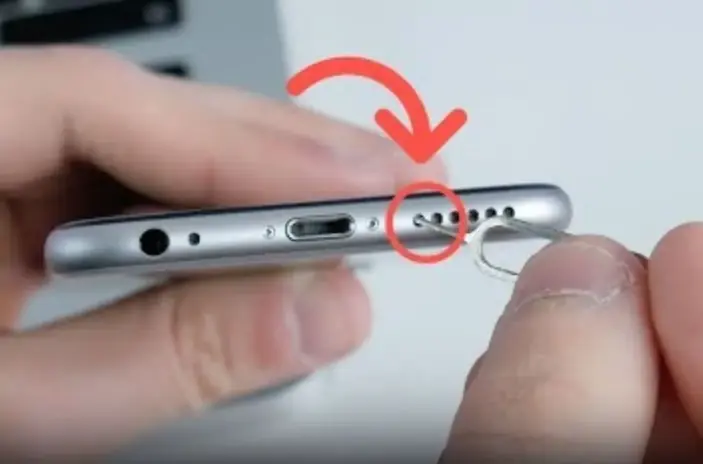
Simple tips to clean phone speakers at home, anyone can do it
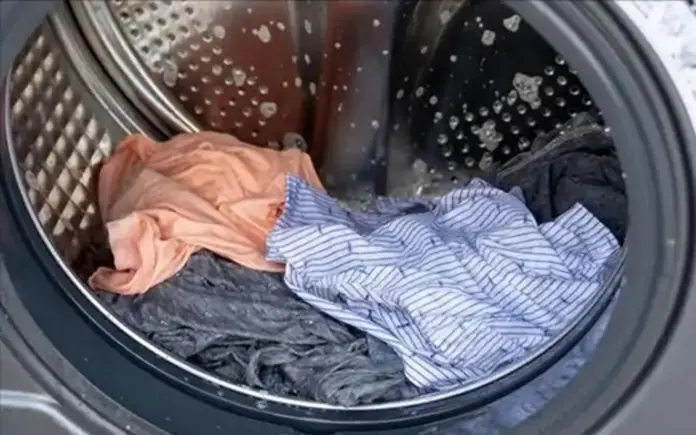
Bad habits after washing clothes make the whole family sick!

Going to the market for shrimp without knowing this trick will cost you

3 ways to prevent snakes from entering your house

When buying dragon fruit, should you choose ones with short or long stems? Knowing this trick, you’ll pick 10 perfect fruits every time!

This method makes them spotless like new—no need to remove the frame
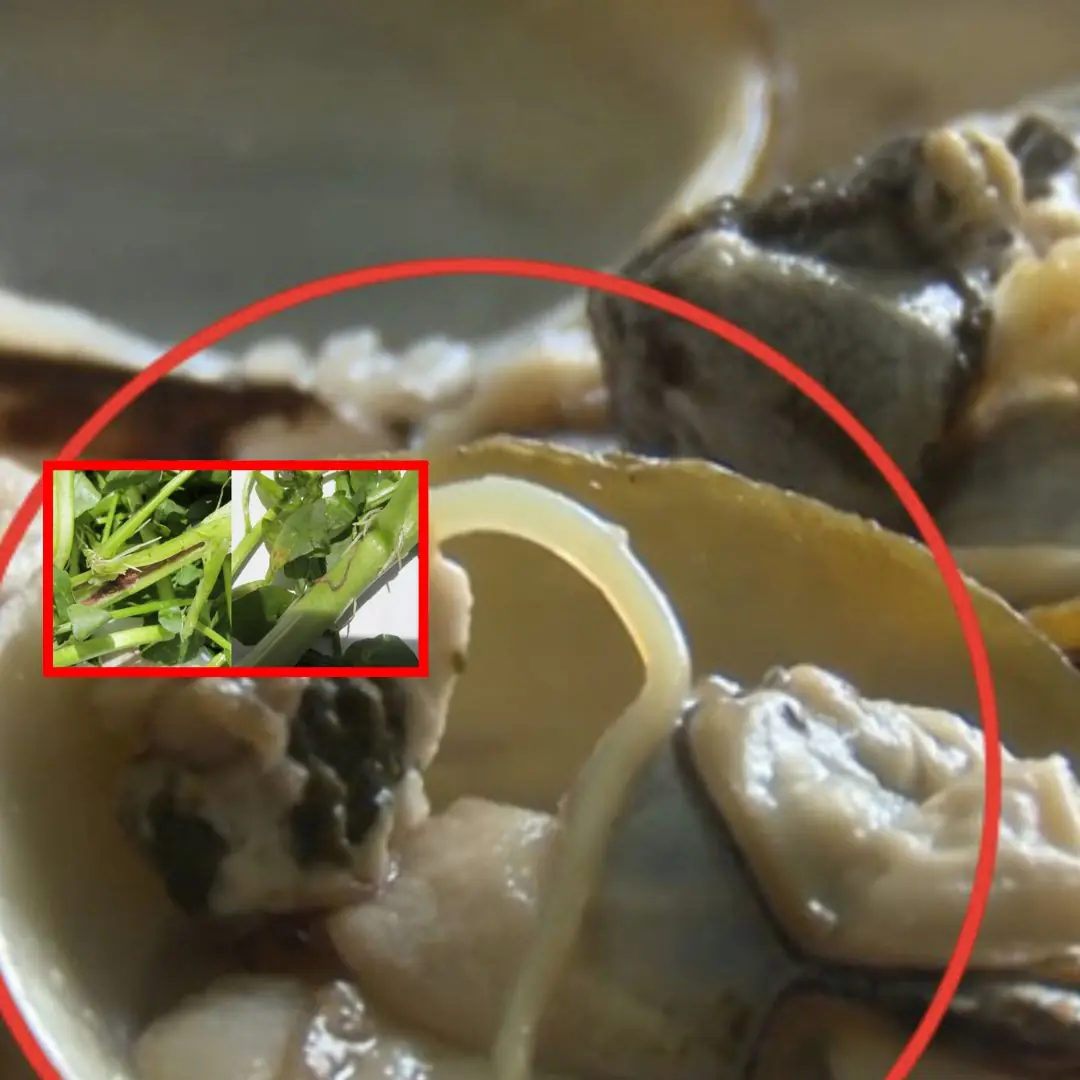
Did you know that common foods we eat daily—such as greens, seafood, and meat—can be infected with worms? Let’s explore which foods are most vulnerable and how to reduce the risk
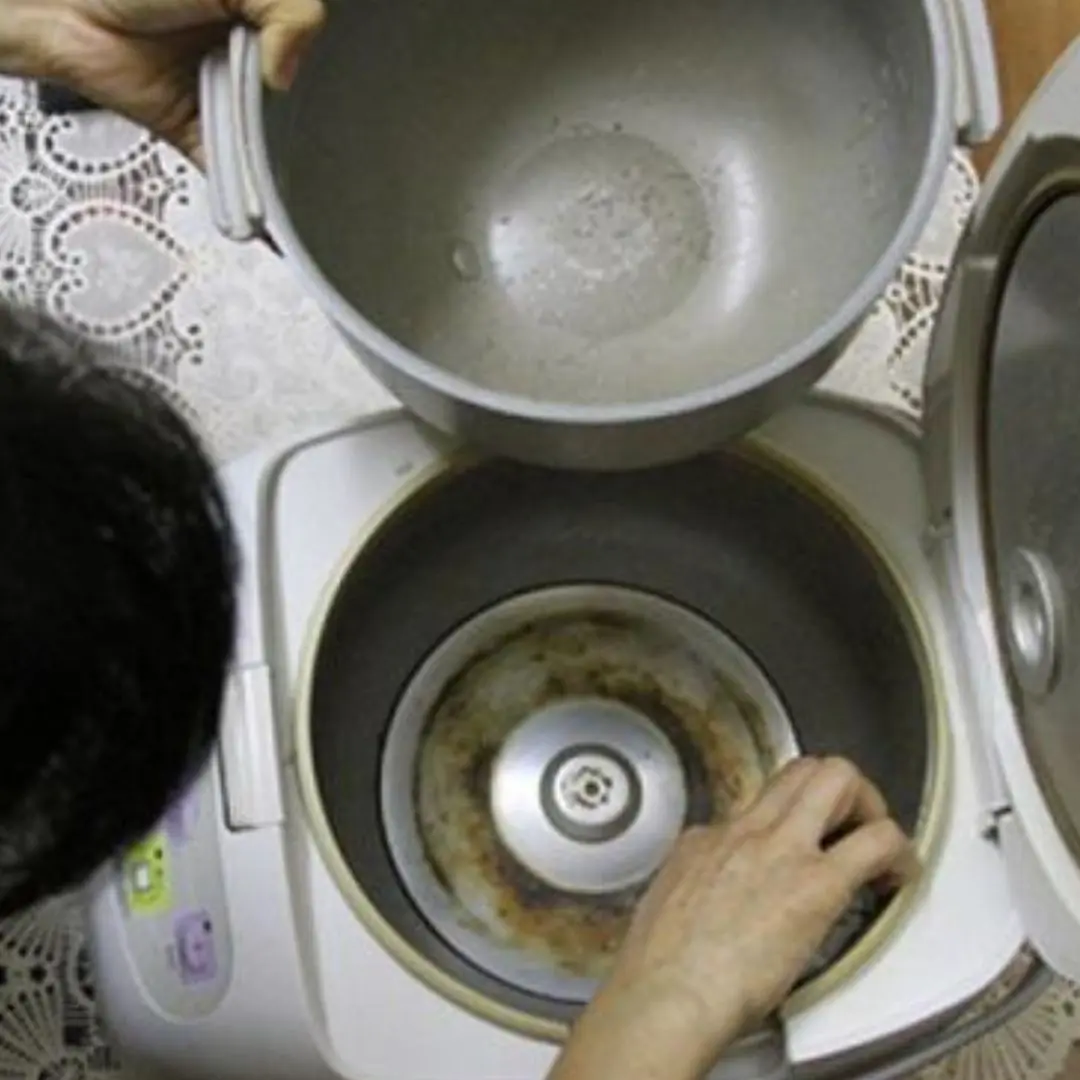
This tiny cleaning trick for your rice cooker could save you a fortune in electricity costs.

The hidden risks behind two-way mirrors: What you should know

When Choosing Bananas, Pay Attention to This to Get the Best Bunch

What to do immediately after a snake bi.te

Beef Hung High vs. Beef Laid on the Table – Food Experts Can Tell Which to Buy in Just 1 Second!
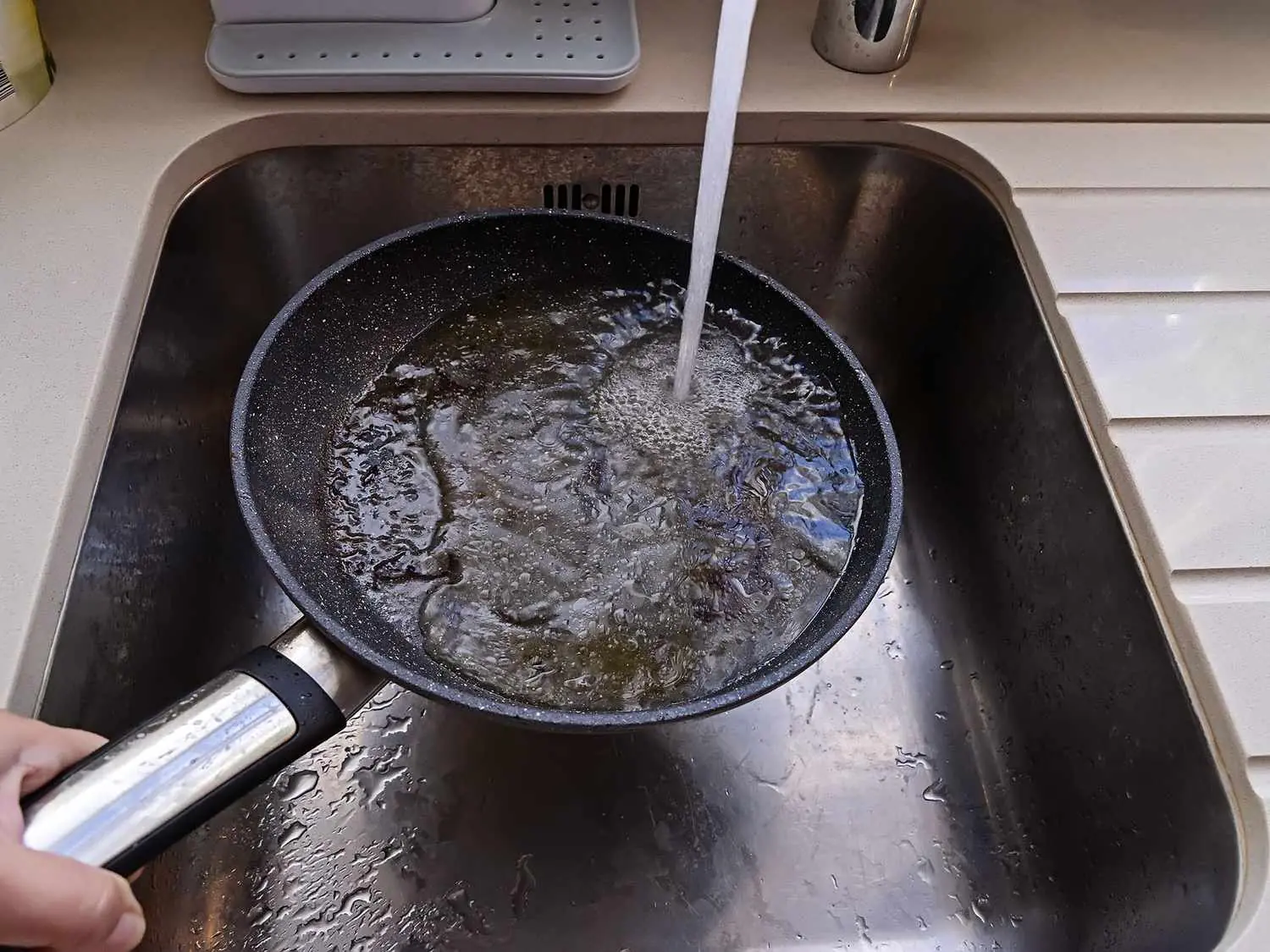
6 DON’Ts When Using Nonstick Pans to Avoid Health Risks

Smart and Natural Ways to Keep Birds Away from Rooftop Gardens

Boiled Pork Without Cutting Small Pieces
News Post

10 Warning Signs Your Kidneys May Be in Serious Danger

When bitten by a snake, you should do these things first

The difference between the spirit of a loved one and other forces

The Power of Gyan Mudra: Benefits and How to Practice It

8 Early Warning Signs Of Ovarian Cancer You Shouldn’t Ignore

35-Year-Old Man’s Sore Throat Turned into Cancer After 5 Chemotherapy Sessions—Doctor Urges

The Leaf Known as a Natural Remedy, But Often Overlooked

Check out 5 foods that if left overnight not only lose their nutrients but also become toxic.

How to wash hair with green tea leaves to reduce hair loss and make hair smooth

Adopting an Abandoned Baby Girl at the Gate

Pas.sed Away at 39 from Bre.ast Can.cer

2 Types of Vegetables That Are Prone to Becoming a ‘Parasitic Nest,’ Especially the First One

20 subtle can.cer symptoms commonly missed

21-year-old male student with severe kidney and heart fai.lure: The “culprit” is a familiar drink, not al.cohol

More people are dy.ing from heart fai.lure, doctors warn: Give up these 4 habits now

The "hidden nature" of early stage lung can.cer

6 Surprising Health Benefits of Okra That Will Make You Love It

5 extremely toxic times of the day when you absolutely should not bathe or you will die suddenly without knowing it

5 life skills children need to learn early to protect themselves and save others
